Wang bing
West of tracks
1999-2003
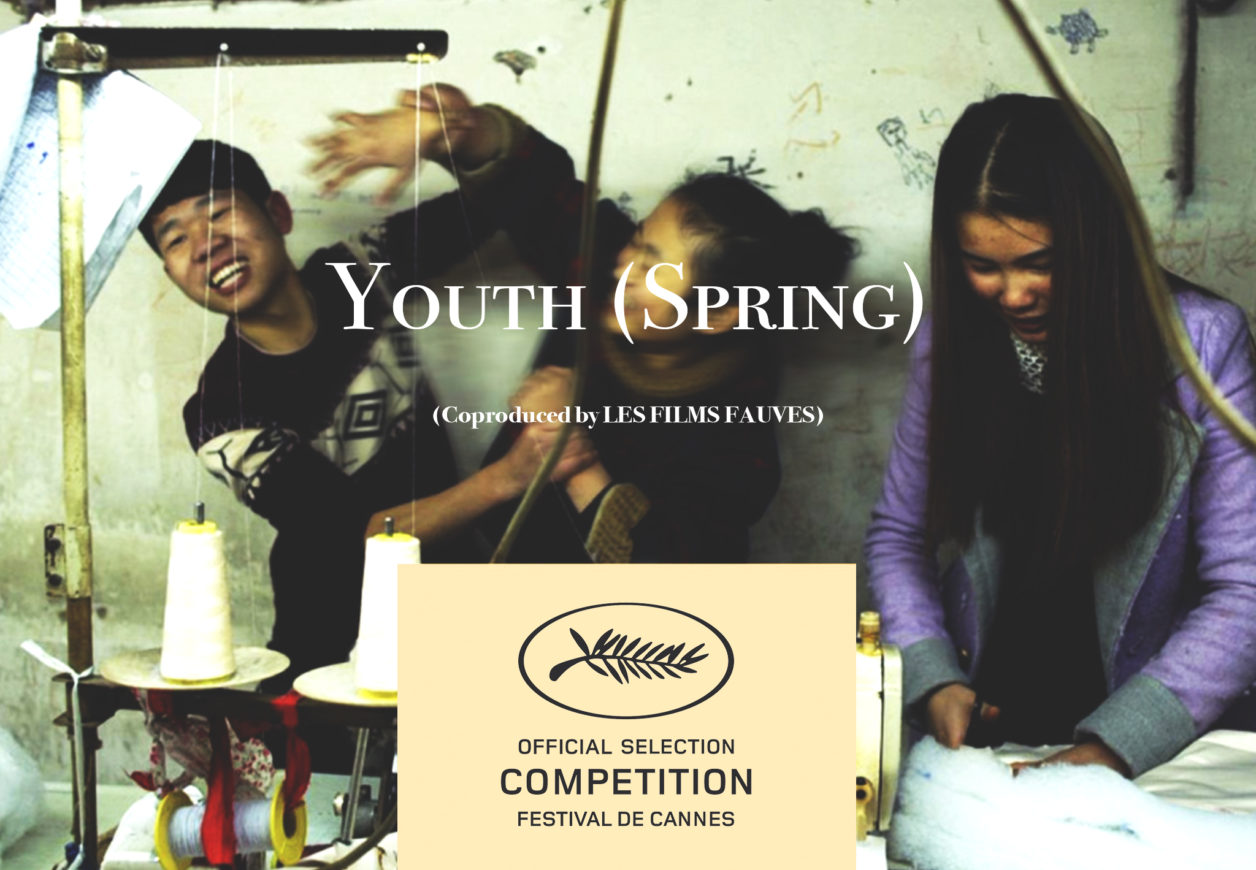
Following the release of Wang Bing’s film “Youth (Spring)”, which has been selected for the 76th Cannes Film Festival, PARIS-B is proud to share with you the exceptional photographic work of the artist, including the series “West of Tracks”. This series was taken from the documentary of the same name which was filmed in 2003 in the Tiexi district, an old industrial zone from the Mao era.
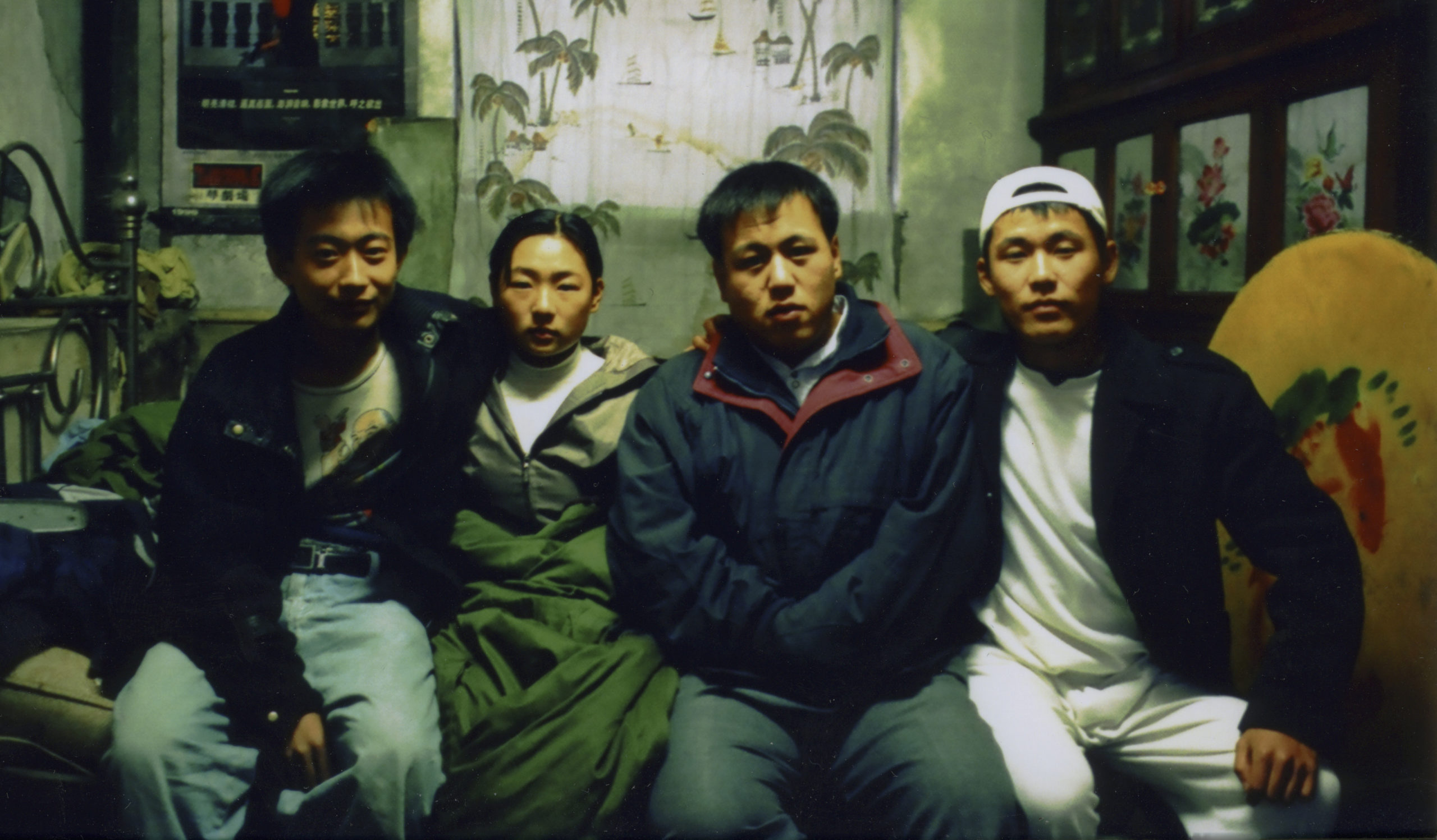
Wang Bing, West of Tracks 30-52. Rainbow Row workers’ quarter Bobo and friends, 2000 (detail)
Wang Bing uses his camera to document the lives of individuals who are marginalized in modern Chinese society. He employs long shots and avoids any artificial elements to capture their experiences authentically. Bing’s camera displays empathy and discretion, enabling his subjects to forget that they are being filmed, and as a result, he portrays their humanity, strengths, and vulnerabilities in an uncompromising manner.
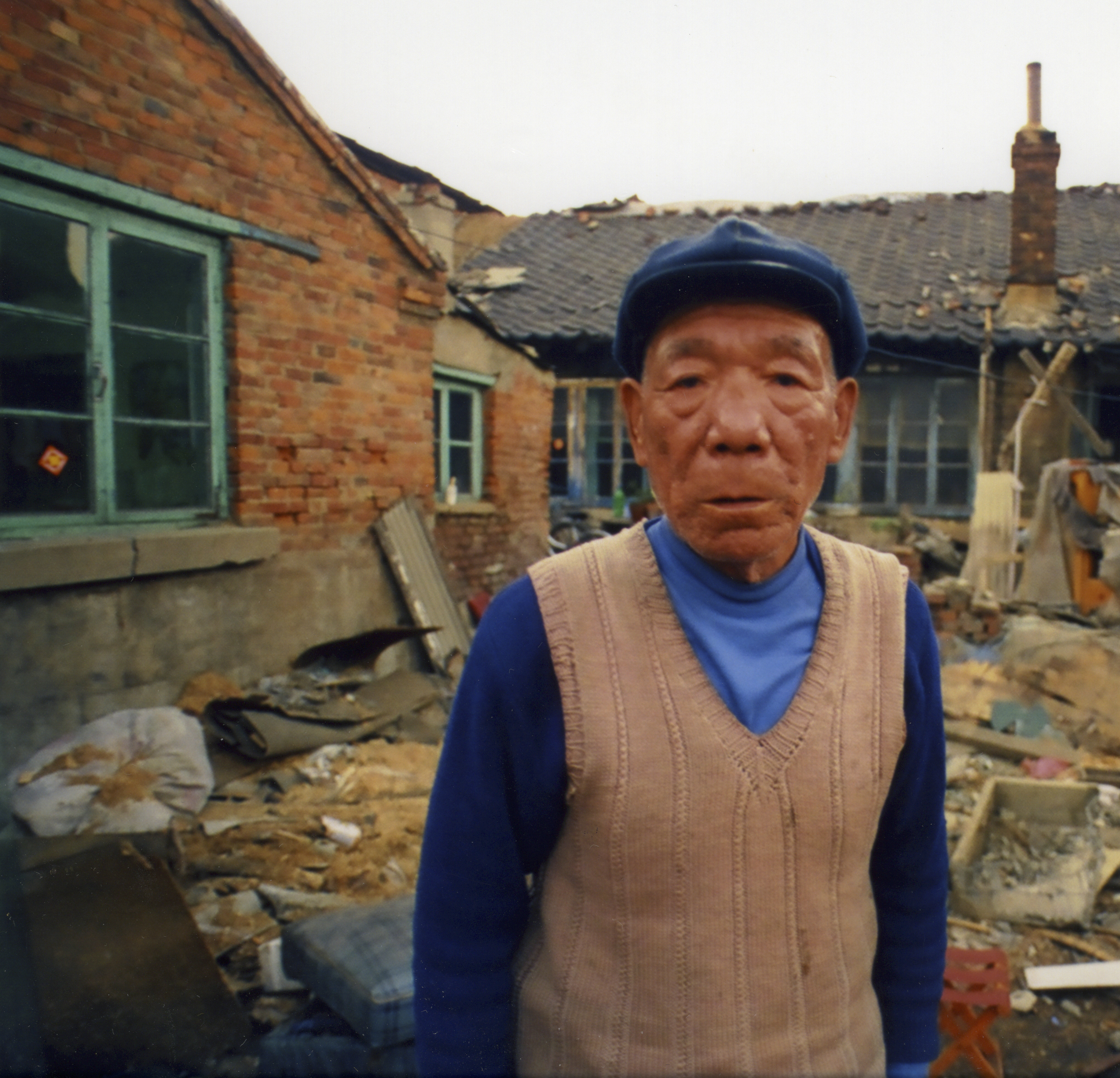
« I try to follow people’s lives, hoping to discover gradually the spectacular side of their life »
– Wang Bing
Bing’s remarkable ability to capture the lives of those on the fringes of contemporary Chinese society offers a profound insight into the social realities experienced by the country’s population. Through his depictions of these social outcasts, he bears witness to the effects of China’s progress and economic success with an astonishing realism that highlights the challenges faced by marginalized individuals. His work serves as a powerful reminder that even amidst progress, there are those who continue to face hardship and exclusion.
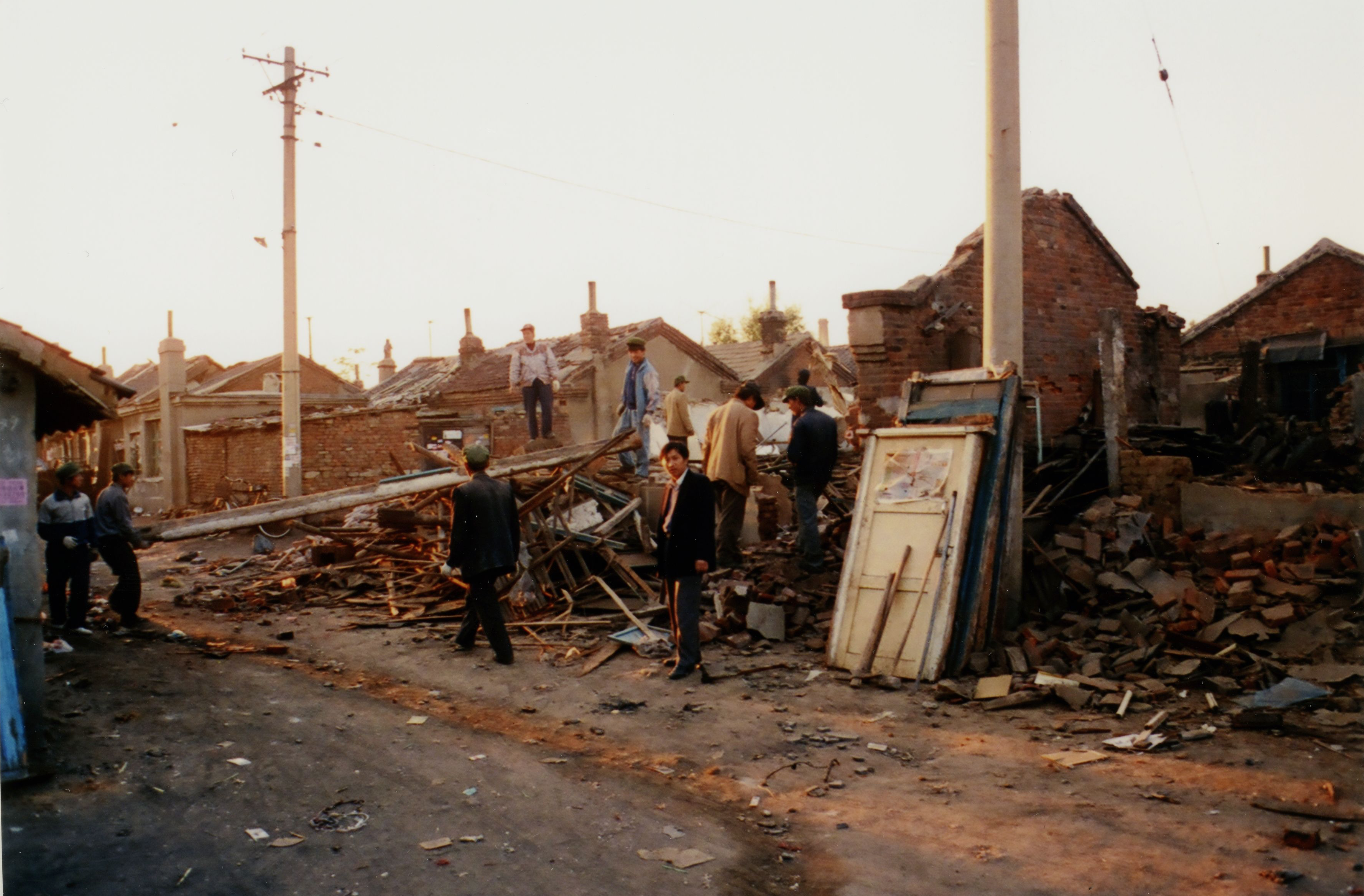
Through his daily observations of the downfall of a working class that had been promised a different fate by the Chinese Revolution, the filmmaker immerses himself in a modern epic, raising these men and women to the level of the most poignant cinema heroes.
About “Remnants” part : This part focuses on a group of teenagers – their hopes, fears, joys, and survival strategies – as their community faces imminent demolition. As the closure of the factories, the residents of the “Rainbow Row” community discover that their homes are next in line to be razed. There is a powerful allegory at play here about the dissolution of collectivist mentality ; even in the absence of any cash flow, a strangely capitalist mentality emerges, as the soon-to-be-displaced workers compete to see who can sell off the raw materials of their homes.
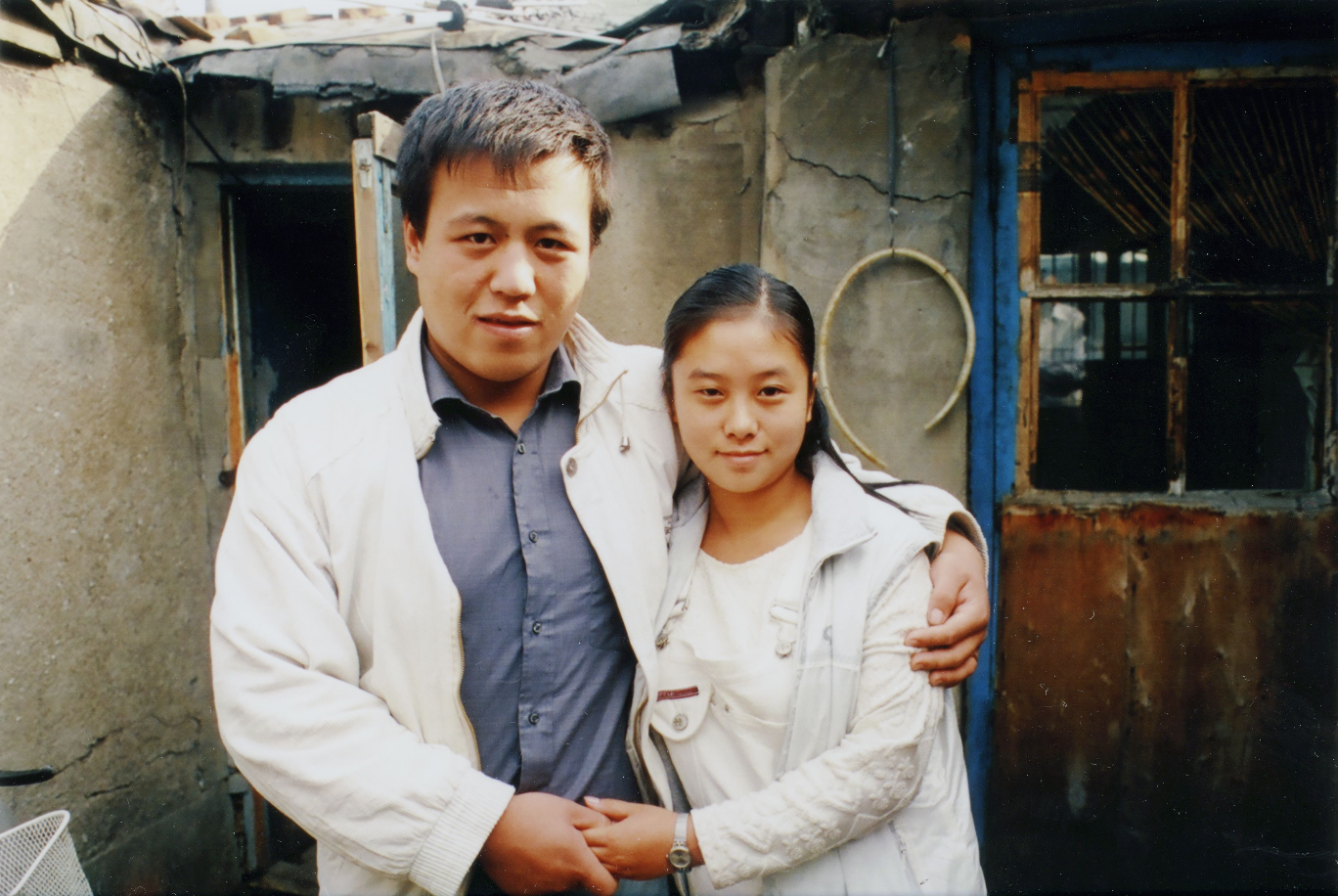
The West of Tracks series
It takes us into the dense fog of the run-down factories where the few remaining workers can be heard discussing unpaid wages, disappearing pensions and inevitable layoffs on their breaks, while others receive treatment for lead poisoning. The title of the first segment, Rust, is not a metaphor : West of the Tracks opens on images of massive, dilapidated factory complexes blanketed in snow. From a distance, these structures appear to be disused monoliths but eventually Wang’s DV camera penetrates their interiors to describe the waning days of their functionality. It’s obvious that Wang is drawing a parallel between the degraded status of the buildings and the severely unhealthy employees still toiling away within. Even though West of the Tracks is a critical portrait of a collapsing system, it’s hardly sentimental about the institutions that are crumbling to dust.
The West of Tracks series
This part witnesses the resourcefulness and dedication of a father and son who survive off scraps of coal stolen from freight trains headed to the factories. Rails is where Wang finally makes a concession to narrative, focusing in on two protagonists: Old Du, a coal hoarder who works for the railway men ferrying materials in and out of Tiexi, and Du Yang, his teenaged son. Their family lives under the constant threat of eviction, and yet Wang does not present them as tragic characters. If anything, their stubborn resourcefulness makes them analogues to the indomitable holdouts in Remnants. When Old Du is captured by the police and thrown in jail, West of the Tracks suddenly takes on the dramatic tension of a great novel. Sitting vigil for his disappeared father in an empty room lit by a single candle, Du Yang suddenly takes on a dimension beyond his years and inexperience. It’s as if he’s suddenly standing in for an entire generation fretting about the fate of their elders – and about its own ability to survive in their absence.
BIOGRAPHY
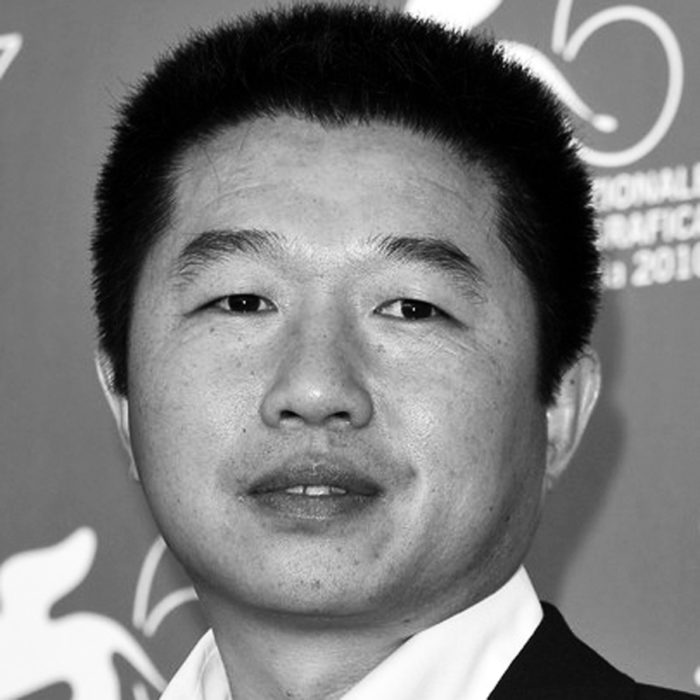
Born in 1967 in Xi’an, a town of the Shaanxi province in central China, Wang Bing first studied photography in Shenyang, at the Lu Xun Academy of Fine Arts, before taking cinema classes in Beijing, at the Cinema Institute (1995). Besides feature documentary as Three Sisters and Madness, he is also active in video installation as Crude Oil, a 14 hours film. His work has been selected for presentation and competition in many film festivals where he won a great number of awards. He also started a noteworthy work in photography.
Acclaimed by critics and recognized as one of the most important Chinese artists, documentary makers and film directors of his time, he has been honored by retrospectives of his entire work in major museum, as Centre Pompidou in Paris and the Cinémathèque Royale de Belgique.
A conversation with Wang Bing